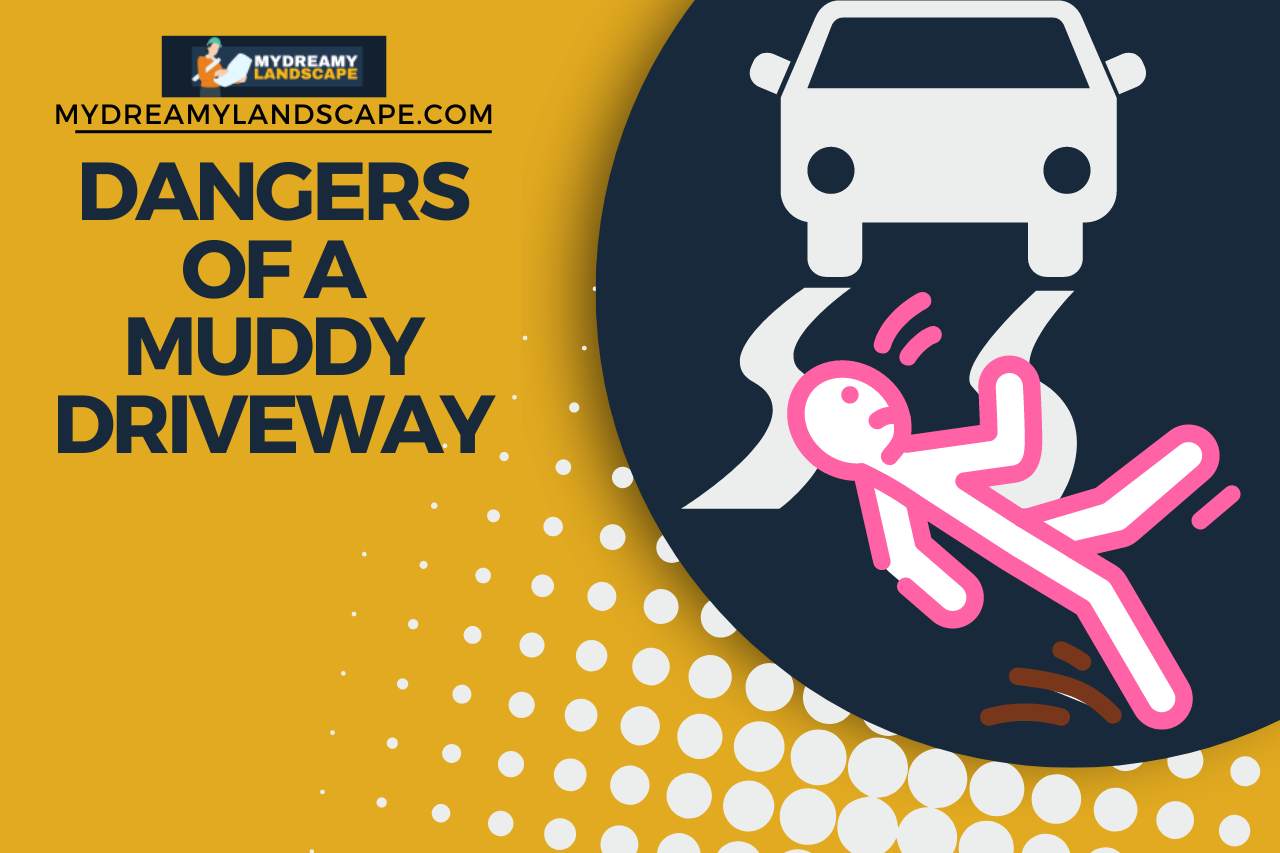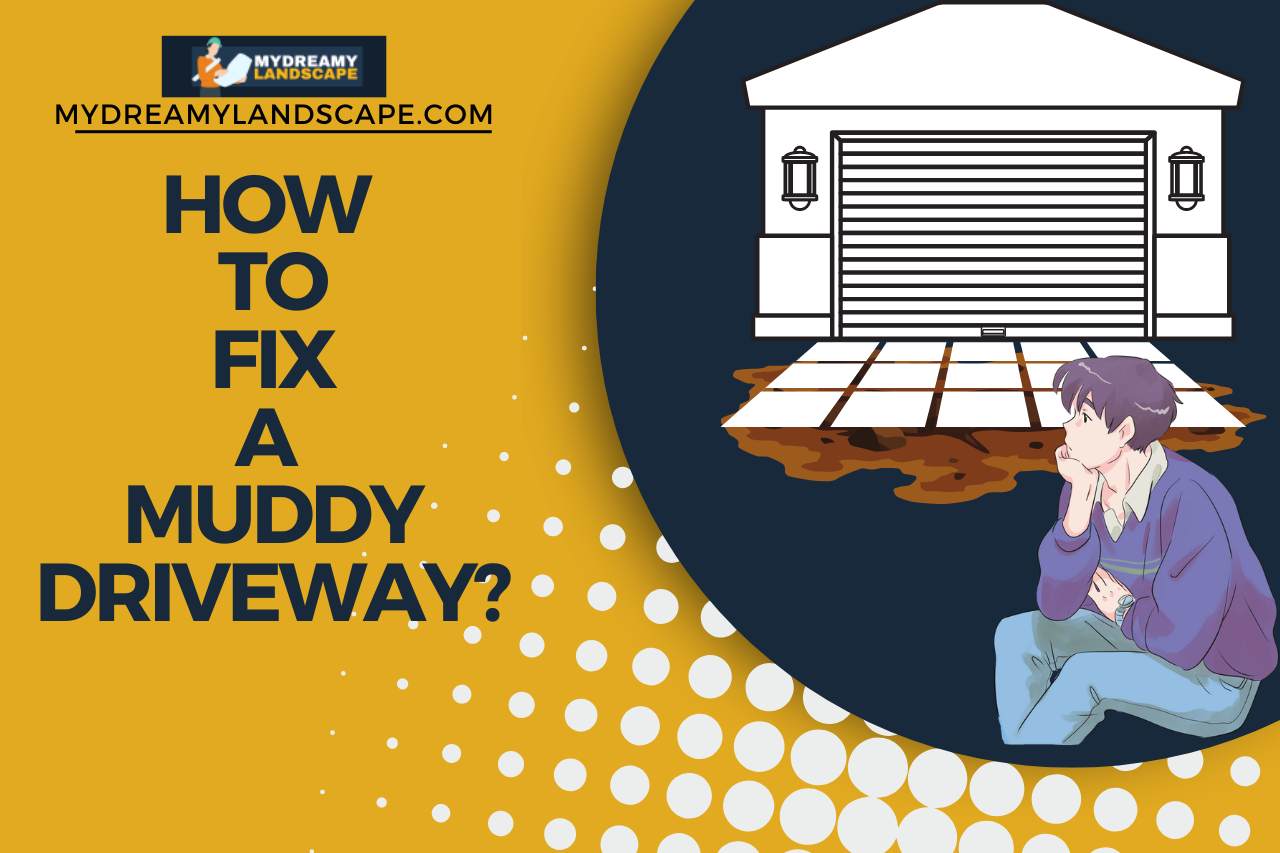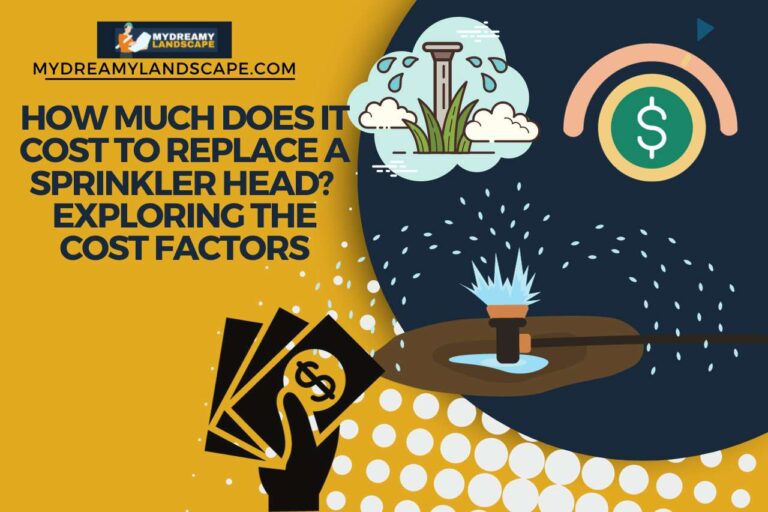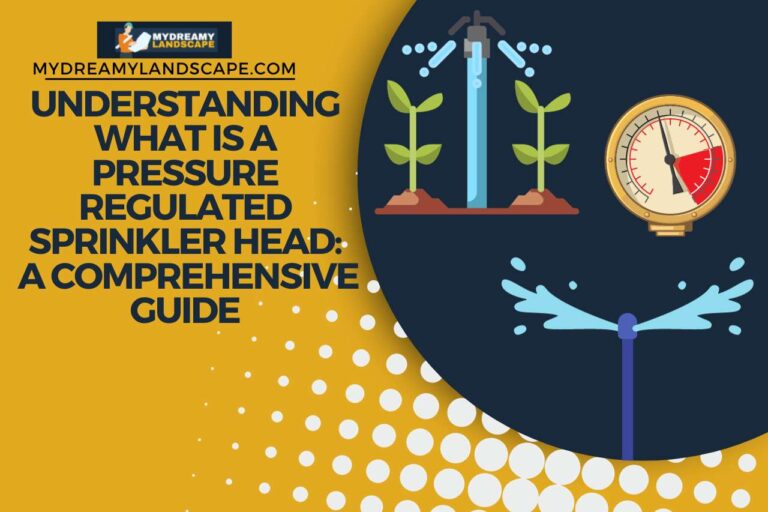How to Fix a Muddy Driveway? (Practical Fixes and Tips)
How to fix a muddy driveway? Especially after a lot of rain or snowmelt, a muddy driveway can be annoying and unattractive, turning your home into a swampy bog. It not only causes a hazard for cars and pedestrians, but it may also harm the driveway’s surface and necessitate expensive repairs if left unattended. Fortunately, cleaning up a muddy driveway is a doable task that calls for proactive upkeep and clever solutions.
In this article, we’ll look at efficient ways to clear a muddy driveway and stop similar problems in the future. You will learn step-by-step procedures to revitalize the beauty and usefulness of your driveway, from recognizing the underlying causes of mud formation to putting workable solutions into place. Whether your driveway is of concrete, asphalt, or gravel, the following advice will help you fend off the muddy menace and keep a sturdy, spotless entry to your property.
Common Causes of a Muddy Driveway
- One of the leading causes of muddy roads is poor or inadequate drainage systems. When snowmelt or rain cannot flow away properly, it collects on the surface and turns into muddy areas.
- The ground can become saturated during heavy rain or quickly melting snow, which overwhelms drainage systems and causes excessive water to collect on the roadway surface.
- Poorly built driveways and those without routine care are more prone to erosion and surface degradation, leading to muddy conditions.
- Because compacted soil hinders adequate water absorption and clay soils tend to retain water, water tends to build up on the driveway’s surface.
- Driveways on steep slopes see higher runoff from the water, making it difficult for the water to drain correctly and resulting in muddy conditions.

Dangers of a Muddy Driveway
- Pedestrians and cars risk slipping and falling on a muddy surface because it is slippery. Injury may result from this, especially in icy or rainy weather.
- Driving on a muddy driveway might result in less traction, which makes it challenging to control cars. This could cause the vehicle to skid or become stuck, damaging the tires, suspension, and other parts.
- On a muddy driveway, continual vehicle traffic can degrade the surface and cause potholes and ruts. This, over time, may require expensive repairs and reduce the property’s overall value.
- When necessary, delivery trucks, visitors, and emergency services may not be able to reach the property due to a highly muddy driveway.
- Mud from the driveway being tracked into the house or building by vehicles and people can result in ugly, challenging-to-clean interior spaces.
- If a driveway doesn’t have adequate drainage, standing water might seep into surrounding buildings’ foundations, resulting in water damage and jeopardizing their structural integrity.
- A muddy driveway drastically reduces a property’s curb appeal, giving guests and potential purchasers the wrong impression.
How to Fix a Wet or Muddy Driveway?
- Determine whether any drainage problems are causing the muddy driveway. Make sure the driveway surface has a clear channel for rainwater and snowfall to drain away from. Consider constructing or enhancing drainage systems like culverts, French drains, or gravel trenches to redirect water away from the driveway.
- Consider regrading or leveling the surface if the driveway has poor grading or is on a steep slope to promote appropriate water outflow and prevent water accumulation.
- More gravel or crushed stone used on the surface of gravel driveways can enhance drainage and lessen mud accumulation. To create a stable surface, select well-graded gravel that compacts properly.
- If you are considering resurfacing your driveway, use porous asphalt or permeable pavers. These materials prevent mud formation by allowing water to permeate the surface.
- Laying down geotextile cloth beforehand can prevent the base from blending with the soil in gravel driveways, minimizing muck and enhancing stability.
- Concrete or asphalt can offer a smooth, muck-free surface for paved driveways. Ensure the installation and upkeep are done correctly to avoid cracks and potholes allowing water in.
- Maintain the vegetation around the driveway to stop leaves and other debris from obstructing drainage channels.
- Reduce the heavy traffic on the driveway, especially when it’s rainy, as this can lead to compaction and worsen mud development.
- Spread sand or grit over the muddy portions of the driveway if it has recently rained to increase traction and lessen slipping hazards.
- Maintain the driveway by regularly inspecting and caring for it. To avoid them worsening, fill in any potholes, patch up any cracks, and take care of drainage problems immediately.
- To prevent the gravel surface from sinking into the ground and turning to muck, gravel grids or stabilizers can be added beneath it.
- To prevent unwanted water gathering, ensure the downspouts from the roof or gutters are pointed away from the driveway.
What is the Fastest Way to Fix a Muddy Driveway?
- The quickest technique to get rid of mud on a gravel driveway is to cover the area with more gravel. Spread new gravel over the soggy spots with a shovel or a wheelbarrow to create a fresh layer to enhance drainage and traction.
- Spread sand or grit over the muddy areas for short-term relief. Until a more permanent solution can be implemented, this will give cars and pedestrians better traction.
- Use a large truck or a compactor to level and compact the surface if your driveway is gravel. As a result, the stone will be more stable, and less new mud will form.
- Consider covering the muddy places with plywood or gravel mats if the mud results from constant vehicle traffic or a temporary problem. Vehicles can drive over this temporarily stable surface without getting trapped.
- Use sandbags or temporary barriers to divert water from the driveway if the muddy driveway results from recent heavy rain. This will reduce the amount of additional water that collects on the surface.
- Spreading straw or hay over muddy regions helps absorb extra water and prevent mud formation in smaller areas.
- Before adding extra gravel, lay down geotextile fabric over the muddy spots if you have time for a more complicated interim fix. By separating the soil and gravel, mud formation will be decreased.
What is the Cheapest Method to Fix a Muddy Driveway?
- Use sandbags or temporary barriers to temporarily divert water from the driveway. This can avoid additional water buildup on the surface and lessen mud during severe rains.
- Reduce the amount of heavy traffic on the driveway, especially when it’s rainy, to avoid compaction and mud accumulation.
- Maintain the landscaping around the driveway regularly to stop leaves and other debris from obstructing drainage channels.
What is the Best Type of Gravel to Fix a Muddy Driveway?
- Select gravel that contains a mixture of stones of various sizes, including fine and coarse particles. Rock that has been appropriately graded produces a surface that is more stable and compact.
- Gravel that is angular or crushed interlocks better enhances traction and lowers the possibility of movement and displacement, mainly when it is wet.
- Too much fine gravel (tiny particles) might result in a muddy surface when gravel and dirt mix. To get around this problem, choose gravel that contains relatively few fines.
- Choose erosive- and durable-resistant gravel. This will guarantee it maintains its integrity over time while withstanding the strain of automobiles and the elements.
- Consider utilizing permeable gravel, which allows water to move through, preventing water collection, and reducing mud development, if you want to increase drainage.
- To save money on transportation, use gravel easily accessible in your neighborhood.
Watch this one,
Video Credits – Jules Gardening Tips
You May Also Like


![How to Cap Off a Sprinkler Hose? [Alternatives Included]](https://mydreamylandscape.com/wp-content/uploads/2023/11/How-often-should-you-pressure-wash-your-driveway-16-768x512.jpg)



